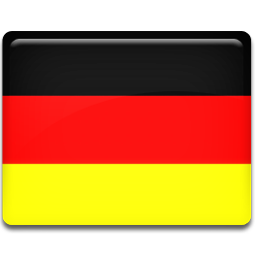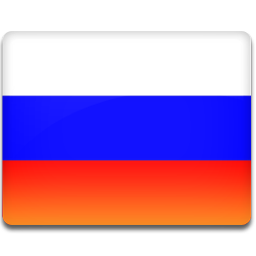-
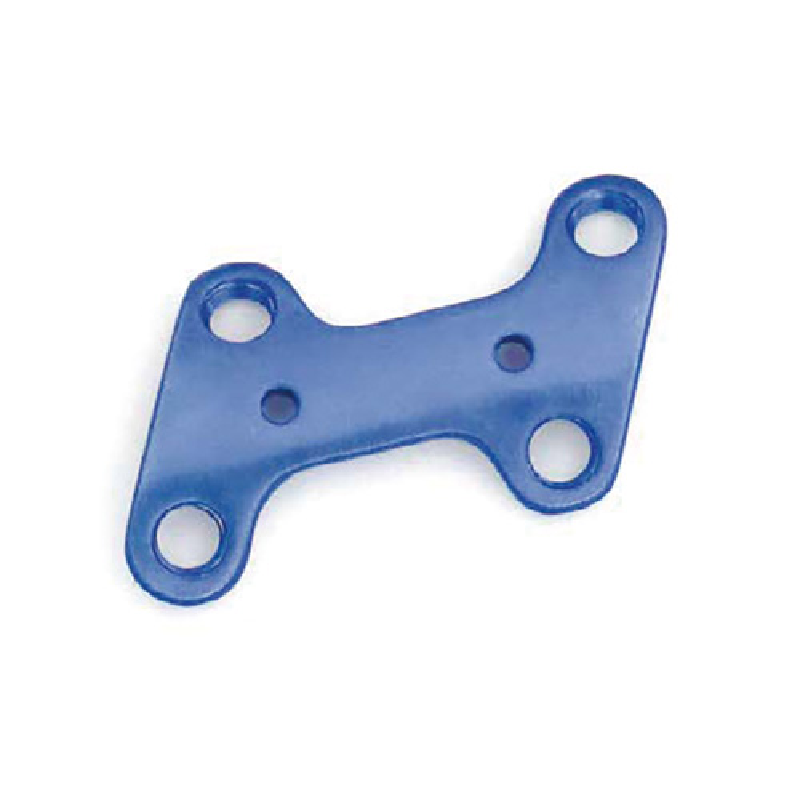
H - type Locking Plate - 2 (T)
Description of Use
Used for osteotomy fixation of anterior and mid - foot trauma and orthopedics
-
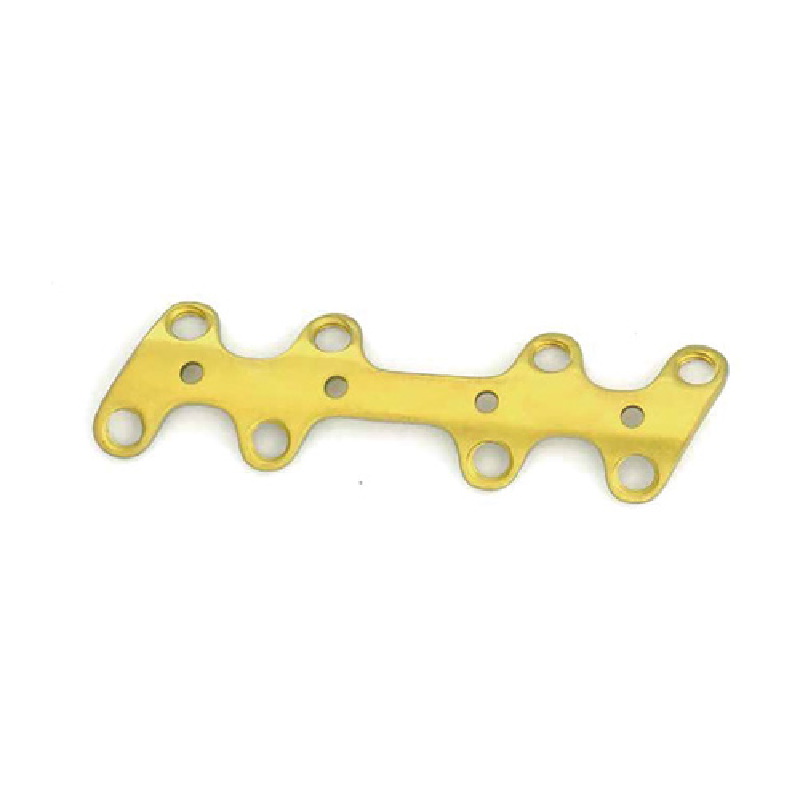
H - type Medial and Lateral Column Reconstruction Locking Plate (T)
Description of Use
Applicable products for fusion of the medial column of the mid - foot, such as pes cavus, flatfoot, triple - arthrodesis, etc.
-

CEOXEN Bone Cement Pedicle Screw
Description of Use
"Moderate to severe osteoporosis combined with spinal degeneration or spinal fractures;
Lumbar spondylolisthesis of grade II or above; Thoracolumbar spinal revision surgery." -
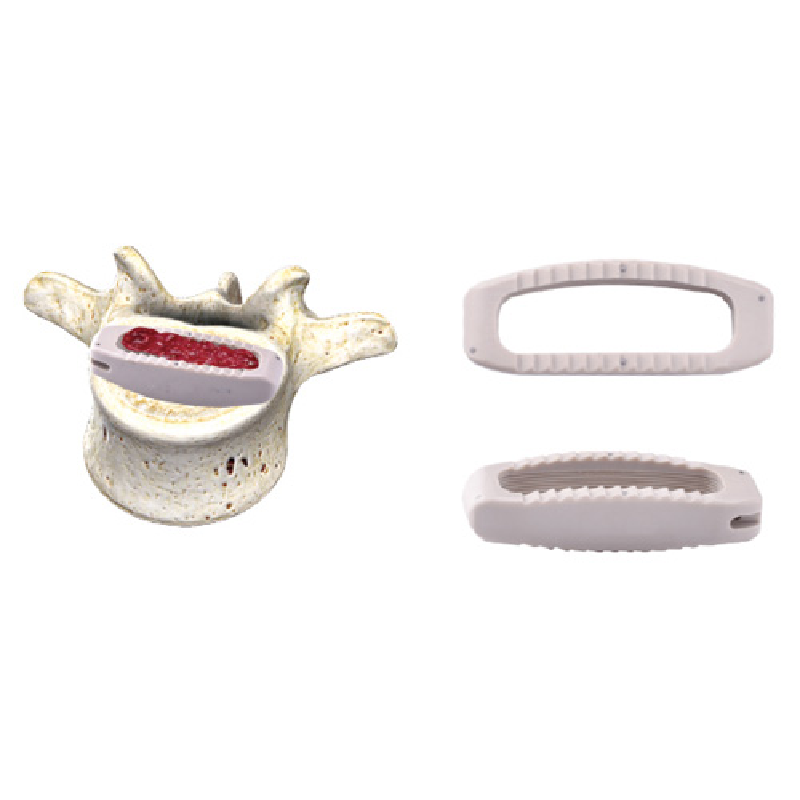
Minimally Invasive Small - Incision Anterolateral Lumbar Interbody Fusion System
Description of Use
Degenerative scoliosis; Lumbar degenerative instability combined with disc herniation or spinal stenosis; Discogenic low back pain; Lumbar spondylolisthesis requiring simultaneous spinal canal decompression, reduction, and fixation
-

Z - Cage Lumbar Fusion Device
Description of Use
Surgeries for treating spinal degenerative diseases such as lumbar intervertebral decompression, which can effectively restore the height of the intervertebral disc and promote bone graft fusion
-

Transtone - Minimally Invasive Transforaminal Lumbar Interbody Fusion Device
Description of Use
Various lumbar and lumbosacral diseases with indications for interbody fusion, such as: Degenerative disc diseases and spinal instability; Revision surgery for post - discectomy syndrome; Pseudarthrosis formation or fusion failure; Degenerative spondylolisthesis; Isthmic spondylolisthesis
-
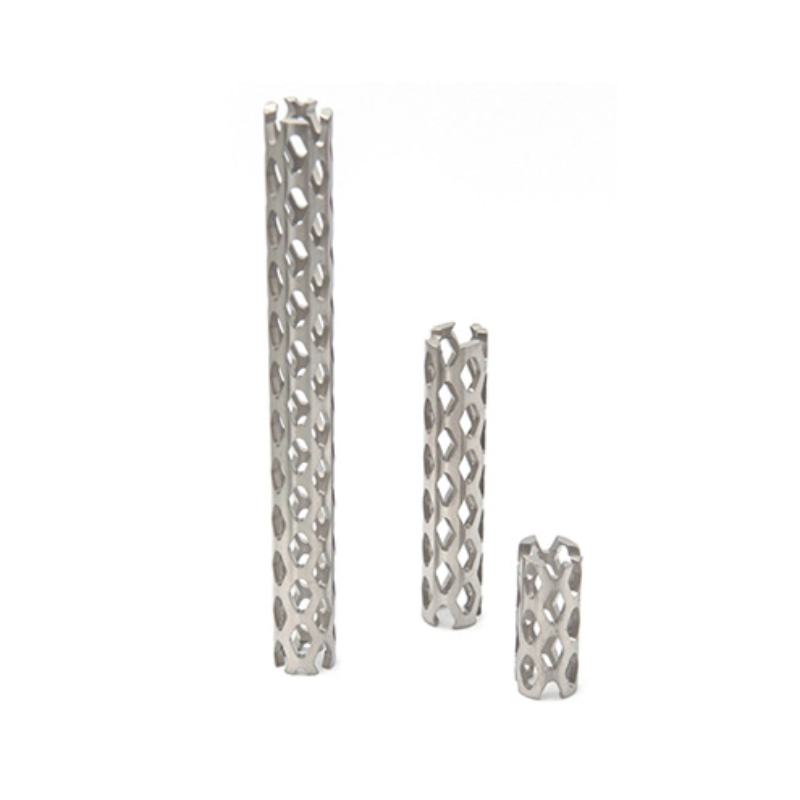
WeiMesh Cervical Titanium Mesh
Description of Use
The 7° angled design adapts to the endplate anatomy, and the enhanced design at both ends increases the endplate contact area. Applicable for intervertebral fusion and fixation after cervical corpectomy
-
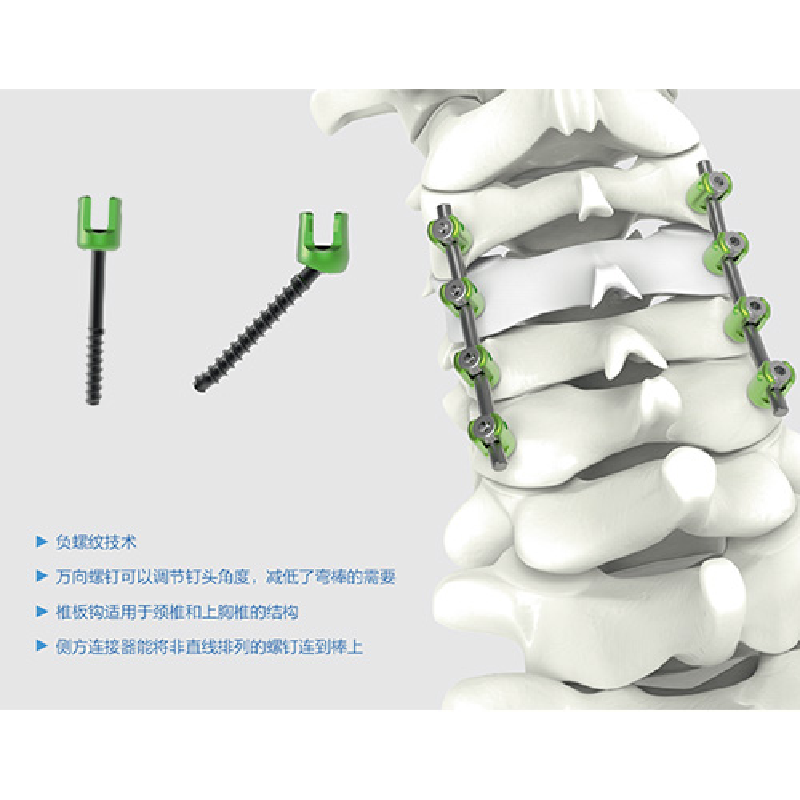
PCF Posterior Cervical Internal Fixation System
Description of Use
Posterior fixation for cervical trauma; Posterior stability reconstruction after laminectomy for cervical spondylosis and cervical spinal stenosis; Surgeries requiring posterior cervical fixation such as congenital occipitocervical developmental deformities
-
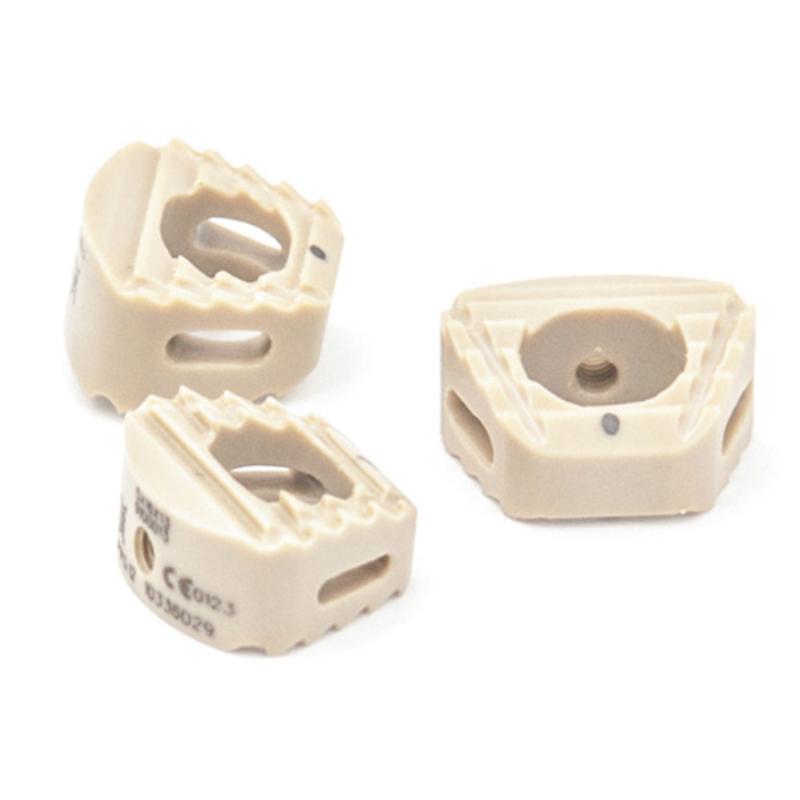
Milestone Cervical Fusion Device
Description of Use
The anatomical cervical fusion device's curved surface perfectly matches the cervical anatomy, maximizing the preservation of cervical bone mass. Applicable for: Cervical disc herniation, disc degeneration with narrowing of the intervertebral space; Correction surgeries for failed cervical disc surgeries, postoperative instability, etc.
-
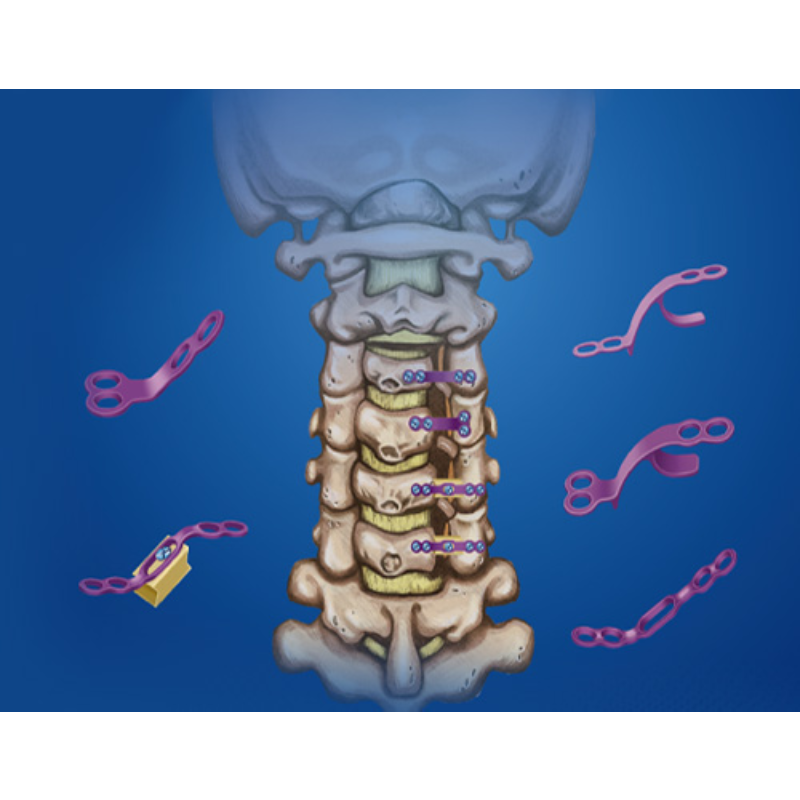
MAINSTAY Posterior Cervical Laminoplasty Internal Fixation System Laminoplasty Solution
Description of Use
Applicable for laminoplasty of the lower cervical and upper thoracic vertebrae. Multilevel ossification of the posterior longitudinal ligament (OPLL) with preservation of cervical lordosis; Congenital spinal stenosis with preservation of cervical lordosis; Multilevel cervical spondylosis with preservation of cervical lordosis; Compression due to hypertrophy of the posterior ligament with preservation of cervical lordosis
-
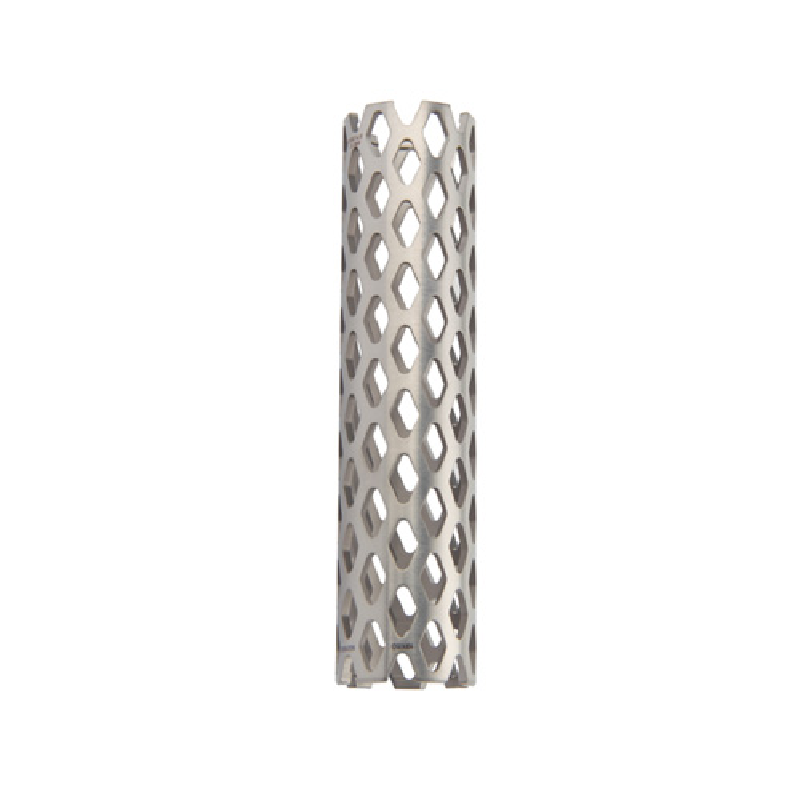
-
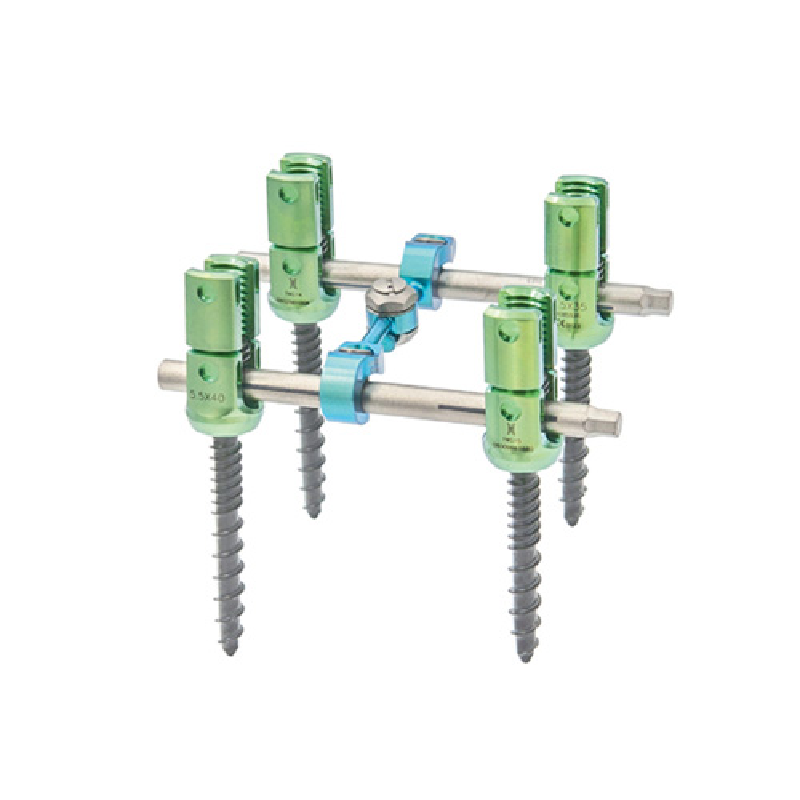
UPASS 5.5 Posterior Spinal Internal Fixation System
Description of Use
Degenerative disc diseases (referring to discogenic back pain caused by disc degeneration), injuries (i.e., fractures or dislocations), spinal stenosis, curvatures (i.e., scoliosis, kyphosis, and / or lordosis), spinal tumors, pseudarthrosis formation and previous fusion failure, degenerative scoliosis; Lumbar degenerative instability combined with disc herniation or spinal stenosis; Discogenic low back pain; Lumbar spondylolisthesis requiring simultaneous spinal canal decompression, reduction, and fixation




